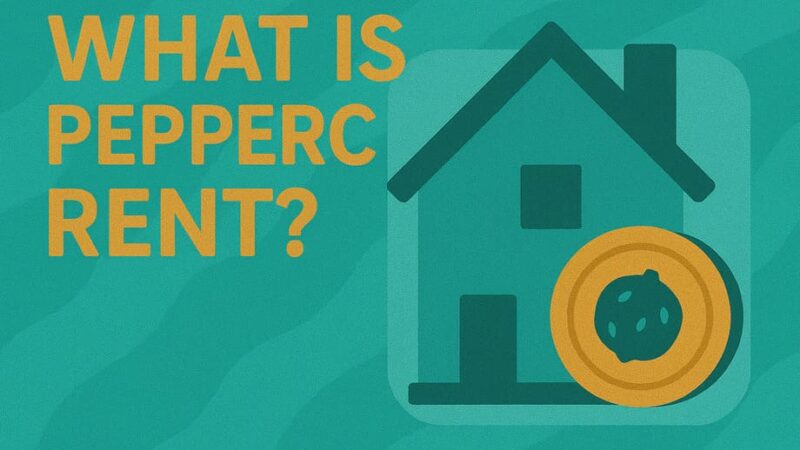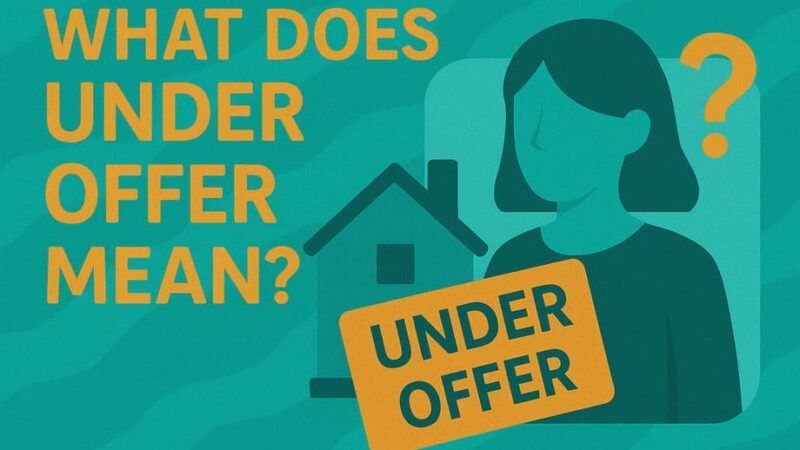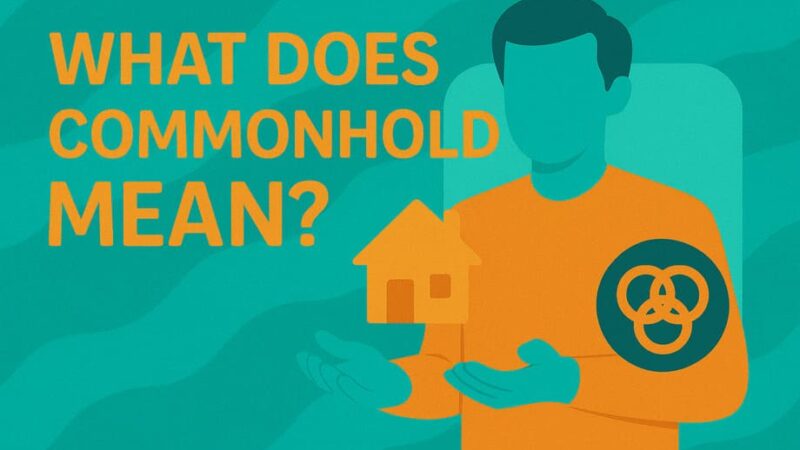How Much Deposit Do I Need to Buy a House in the UK?

Buying your first home is an exciting milestone — but one of the biggest hurdles for many first-time buyers is saving for a deposit. If you’re asking, “How much deposit do I need to buy a house in the UK?”, you’re not alone. It’s one of the most common, and important, questions in the home buying journey.
In this guide, we’ll break down exactly how deposits work, what the minimum requirements are, and how much you might realistically need depending on your circumstances. We’ll also share expert tips on saving for your deposit and navigating the market in 2025.
Table of Contents
What Is a House Deposit?
A house deposit is the upfront lump sum of money you pay towards the purchase of a home. It forms part of the property’s total value, and the rest is usually covered by a mortgage from a lender.
For example, if you’re buying a £250,000 home and you have a 10% deposit (£25,000), you’ll need to borrow the remaining 90% (£225,000) through a mortgage.
The size of your deposit not only affects whether you can get a mortgage — it also determines how much you can borrow, your monthly payments, and the interest rate you’ll be offered.
So, How Much Deposit Do You Actually Need?
Minimum Deposit Requirements in the UK
As of 2025, most lenders require a minimum deposit of 5% of the property’s value. However, the more you can put down, the better your mortgage deal will be.
| Property Value | 5% Deposit | 10% Deposit | 15% Deposit |
|---|---|---|---|
| £200,000 | £10,000 | £20,000 | £30,000 |
| £250,000 | £12,500 | £25,000 | £37,500 |
| £300,000 | £15,000 | £30,000 | £45,000 |
Keep in mind:
- Some lenders may require 10% or more, especially for new builds or flats
- First-time buyer schemes may allow for smaller deposits
- A bigger deposit = lower loan-to-value (LTV) = better interest rates
Loan-to-Value (LTV): Why It Matters
Loan-to-Value (LTV) is the percentage of the property’s price you’re borrowing. If you put down a 10% deposit, your LTV is 90%.
Lower LTV = less risk to the lender = better mortgage rates for you.
Typical LTV bands:
- 95% mortgage: 5% deposit — higher interest rates
- 90% mortgage: 10% deposit — better access to deals
- 85% or lower: 15%+ deposit — competitive rates, more choice
If your financial situation allows, aim for at least a 10% deposit to get better value in the long run.
7 Tips for Saving a House Deposit in the UK
Getting a deposit together can feel overwhelming, especially with the cost of living on the rise. But with a smart plan and the right tools, it’s achievable. Here are seven tips to help.
1. Use a Lifetime ISA (LISA)
Open a LISA and get a 25% government bonus on your savings (up to £1,000 per year). You can put in up to £4,000 annually, and it must be used for your first home or retirement.
2. Set a Clear Savings Goal
Know exactly how much you need. Use a deposit calculator based on the average house price in your area to create a realistic savings target and timeline.
3. Cut Unnecessary Expenses
Review your monthly budget and identify areas to cut back (e.g., subscriptions, eating out, or unused gym memberships). Redirect those savings into your house fund.
4. Set Up a Standing Order
Automate your savings each month. Treat it like a bill, and you’re more likely to stay consistent.
5. Increase Your Income
Take on freelance work, side gigs, or overtime. Every bit extra can shorten your savings timeline.
6. Consider Buying With a Partner
Pooling savings with a partner can significantly reduce the time it takes to reach your deposit goal and increase your borrowing power.
7. Explore Government Support
Schemes like First Homes, Shared Ownership, and the Mortgage Guarantee Scheme can reduce the deposit required and help you get on the ladder sooner.
Pros and Cons of Bigger vs Smaller Deposits
Choosing how much to save for a deposit depends on your finances, the market, and your goals. Here’s a breakdown of the pros and cons:
Smaller Deposit (5–10%)
Pros:
- Get on the property ladder sooner
- Access government support schemes
- Lower upfront cost
Cons:
- Higher interest rates
- Fewer lenders available
- Higher monthly repayments
- Increased risk of negative equity
Larger Deposit (15–25%+)
Pros:
- Better mortgage rates
- Lower monthly repayments
- More choice of lenders
- Stronger buyer profile
Cons:
- Takes longer to save
- May delay home ownership
- Opportunity cost of tying up capital
How House Prices Affect Your Deposit
In the UK, average house prices vary dramatically by region. Here’s a quick look at how that impacts your deposit amount:
| Region | Avg House Price | 10% Deposit |
|---|---|---|
| London | £525,000 | £52,500 |
| South East | £385,000 | £38,500 |
| West Midlands | £250,000 | £25,000 |
| North West | £215,000 | £21,500 |
| Scotland | £195,000 | £19,500 |
| Northern Ireland | £180,000 | £18,000 |
Source: UK House Price Index, 2025
The key takeaway? Where you buy significantly affects how much deposit you need — so consider looking in more affordable regions if you’re flexible.
Additional Costs Beyond the Deposit
Saving for a deposit is just the start. You’ll also need to budget for:
- Stamp duty (may be £0 for first-time buyers under £425,000)
- Solicitor/legal fees: £800–£1,500
- Valuation & survey fees: £250–£1,000
- Mortgage arrangement fees: £0–£1,000 (sometimes included)
- Moving costs: £300–£1,000+
- Furniture & initial setup
Plan to have an extra 5–10% saved on top of your deposit to cover these expenses.
Final Thoughts: Plan Smart, Buy Smart
So, how much deposit do you need to buy a house in the UK? At least 5%, but ideally 10% or more to access the best deals and reduce long-term costs.
Start with a realistic savings plan, make use of government help like the Lifetime ISA, and don’t forget to budget for the additional costs of moving. With careful planning and good financial habits, your first home is well within reach.
Last Updated on July 29, 2025 by James Cartwright







